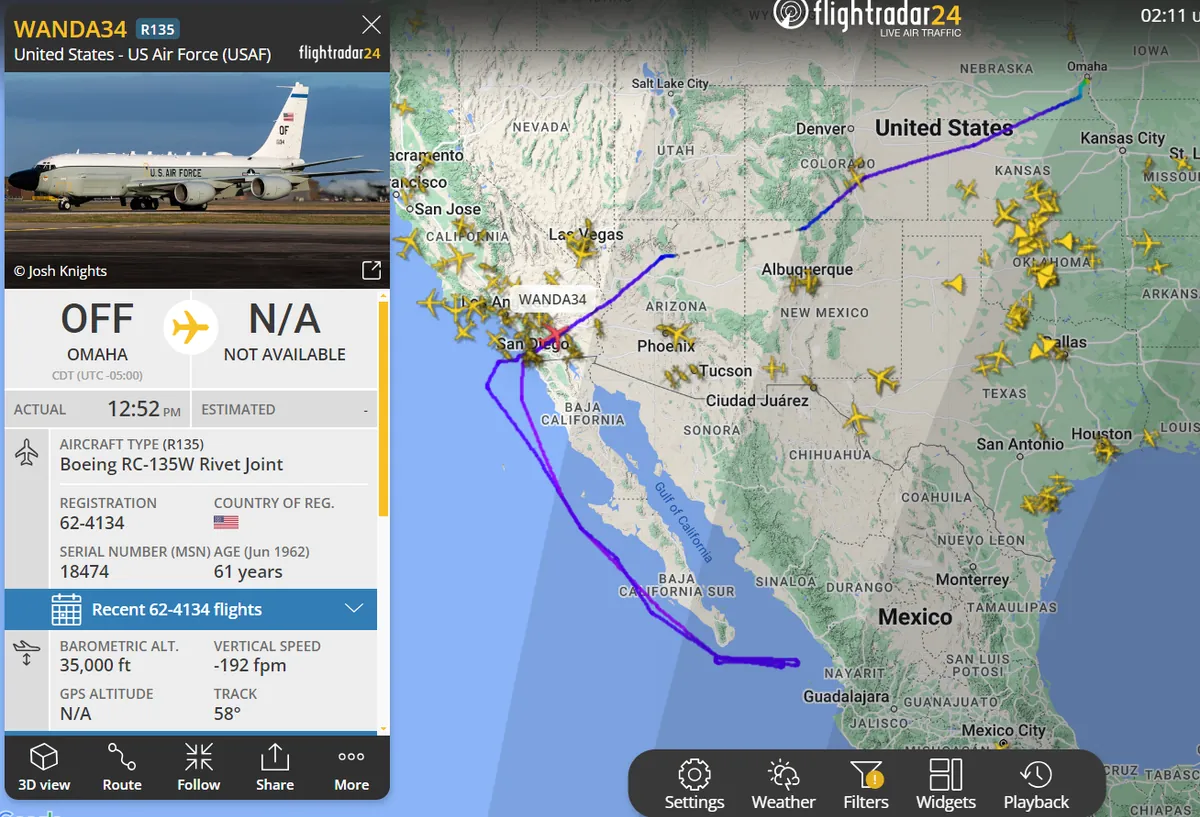A recent report by Mexico's governmental Truth Commission has shed light on a dark chapter in the country's history. The document reveals new evidence of state-sponsored executions known as "death flights" during Mexico's 1965-1990 "dirty war" period.
According to witness testimonies and leaked documents, victims were taken to a military airfield near Acapulco under the pretense of having their photographs taken. Instead, they were executed and their bodies dumped into the Pacific Ocean from military aircraft. This grim practice was part of the Mexican government's efforts to suppress leftist social and guerrilla movements.
Gustavo Tarín, a former military police officer, provided chilling details about the executions. He claimed that the same pistol was used so frequently that soldiers nicknamed it "the sword of justice." Tarín estimated that as many as 1,500 people may have been killed in this manner, though he did not provide specific names or lists of victims.
The report also includes testimony from Margarito Monroy, a military aviation mechanic who participated in 15 such flights. Monroy revealed disturbing information about the treatment of female victims, stating that they were sometimes offered release in exchange for sexual favors with soldiers.
The Truth Commission's investigation uncovered log books for approximately 30 flights from the base between 1975 and 1979. Additionally, a two-decade-old witness statement from a claimed armed forces deserter mentioned 25 more flights and included a list of 183 potential victims.
These revelations draw parallels to the better-documented "death flights" carried out by Argentina's military dictatorship from 1976 to 1983. However, Mexico's practices appear to have been less systematic and primarily targeted small rural guerrilla movements in Guerrero state.
The "death flights" were part of a broader strategy of repression during Mexico's "dirty war." The Truth Commission's 4,000-page report details various human rights abuses, including executions, torture, disappearances, and forced displacement. These actions targeted farmers, students, union activists, and members of Indigenous groups.
"Overall, there is evidence of approximately 4,500 identified victims of severe abuses during the so-called 'dirty war.' Documentation shows that 1,450 were killed and another 517 simply disappeared without a trace."
Despite investigations dating back to President Vicente Fox's administration (2000-2006), few cases have been brought to trial. The government has conducted excavations around military bases in recent years, attempting to locate remains in clandestine grave sites, but with limited success.
The commission has called for the investigation of about 600 potential perpetrators, though many may have already passed away. Efforts to prosecute those responsible have faced significant challenges. In 2004, former president Luis Echeverría became the first Mexican head of state formally accused of criminal wrongdoing related to the "dirty war." However, attempts to try him on genocide charges were ultimately unsuccessful due to statute of limitations issues.
As Mexico continues to grapple with its past, the Truth Commission's report serves as a stark reminder of the need for accountability and justice for the victims of state-sponsored violence. The revelations about the "death flights" add another layer to the complex history of human rights abuses during one of Mexico's darkest periods.
